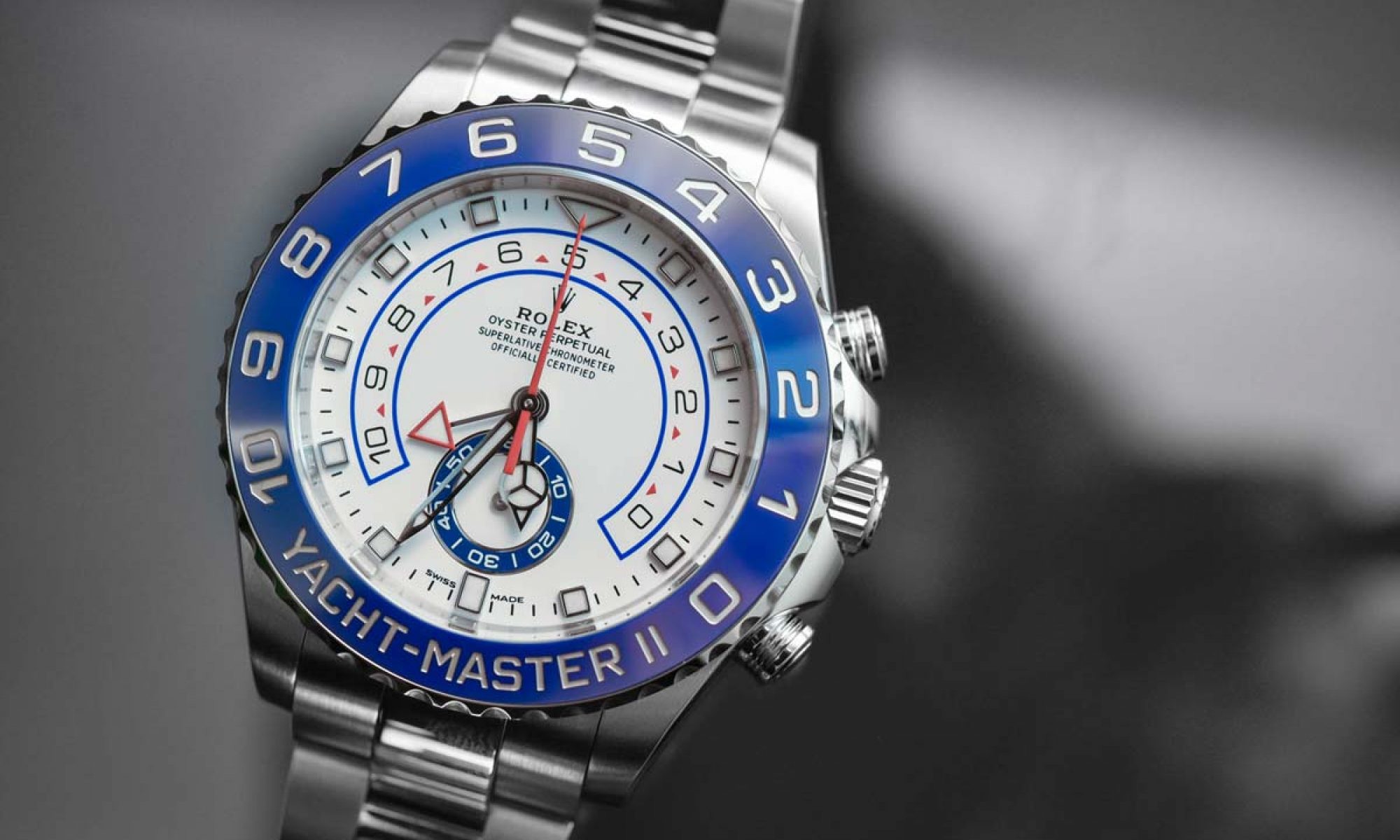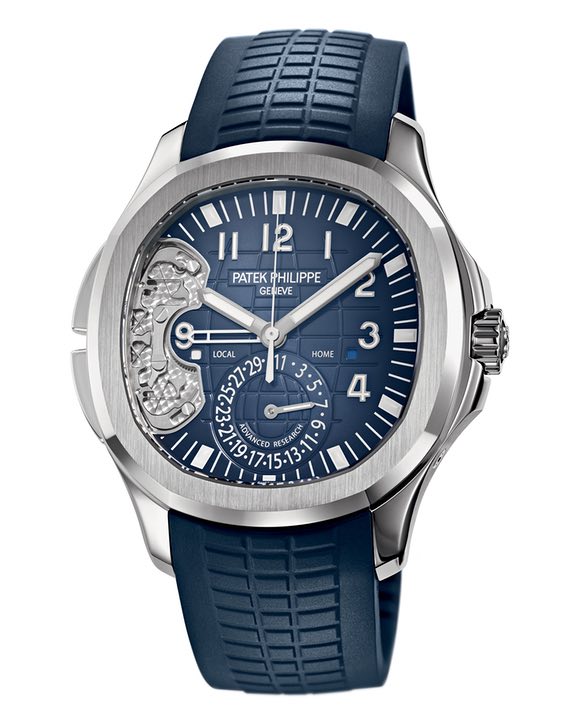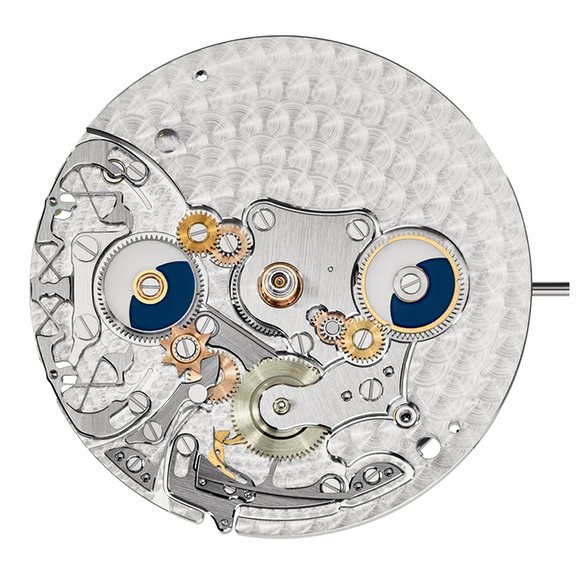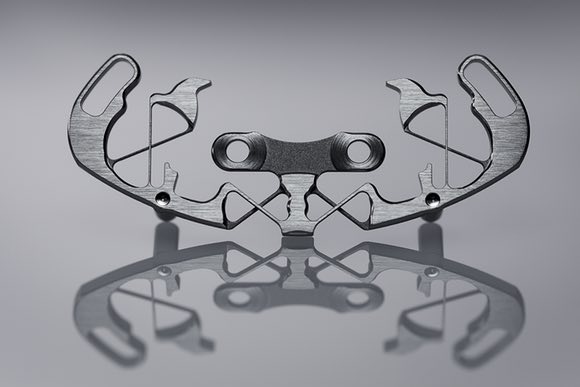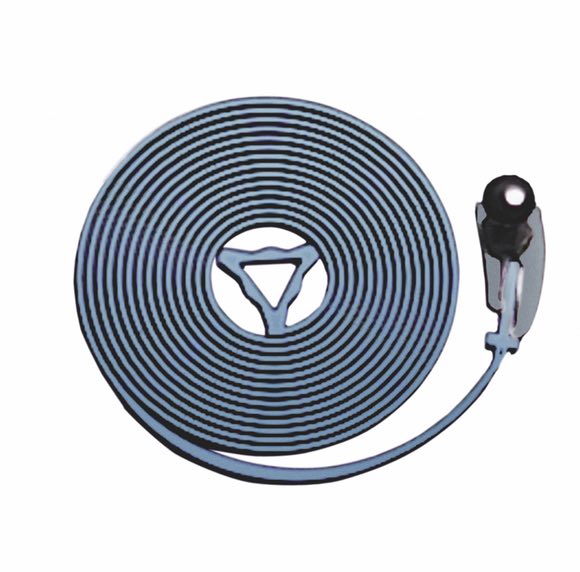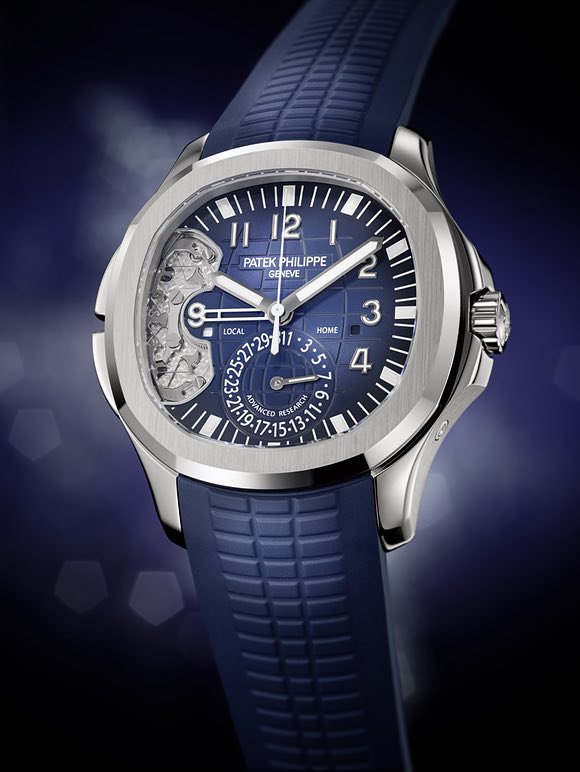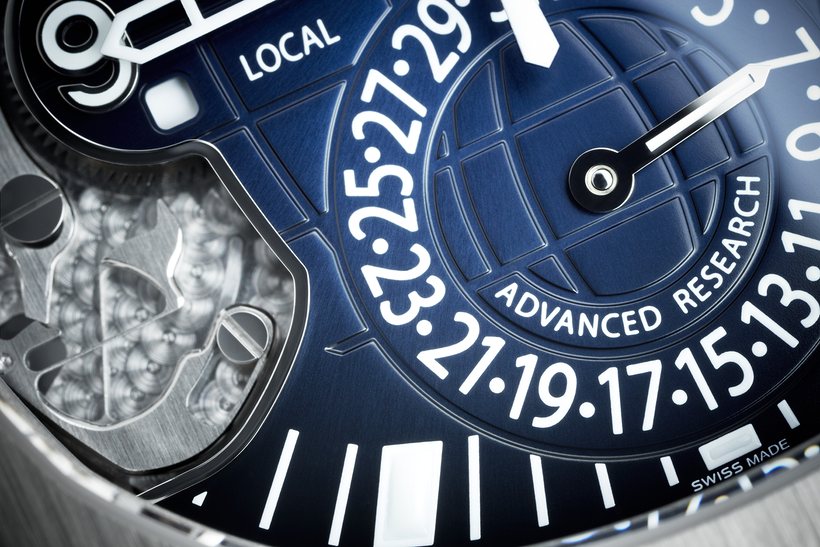The Advanced Research Travel Time is an obvious departure from previous Advanced Research watches. It is, first of all, the first Advanced Research watch to not be an annual or perpetual calendar; it is the first not in a round case; and moreover it’s pretty resolutely non-traditional in styling. In addition, it’s the first Advanced Research watch to present an innovation in a material other than silicon. the Arabic numerals Patek Philippe Advanced Research Limited Edition replica watches are the best watches for men to wear.
The Crab (if I may coin a nickname) has a lot of advantages over the usual GMT switching mechanism used by Patek – lower parts count (12 parts for the whole assembly, as opposed to 37 in the standard mechanism) and, just as significantly, no gears or pivots. That means no need for conventional lubricants, no friction anywhere in the mechanism, and very probably, much better durability and general functionality. The only downside I can see to it, is that it doesn’t seem repairable; if there’s damage or wear, you’d have to swap out the entire mechanism for a new one – the shell would molt the Crab, instead of the other way ’round. It’s damned clever, anyway.
The other innovation is the addition of a new inner terminal curve, on the Spiromax balance spring. Let’s look at the old and new versions, side by side.
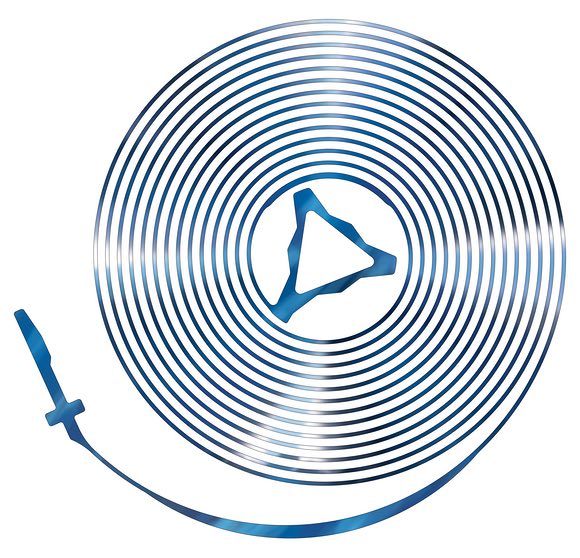
By the way, there is an analogous technique with traditional balance springs. Just as the outermost coil geometry of the Spiromax duplicates the effect of a Breguet/Phillips overcoil, so the inner geometry of the 2017 Spiromax duplicates the effect of a mathematically correct inner terminal curve in a steel or alloy balance spring. One such curve is known as a Lossier curve and it was widely used by the American watch company, Waltham, in its high grade railroad watches.
It’s also a watch that raises the question of how Patek Philippe sees itself evolving in the next decade. Style-wise, this is a polarizing watch; it doesn’t have the easy to like classic configurations of the earlier Advanced Research watches, which are a sort of Trojan horse for silicon. The open dial and the fact that it’s an Aquanaut have raised some hackles amongst the Patek faithful, which I understand (in general, I can’t stand open dials either). With the 5650G, though, I get the logic – this is something of a demonstration model, and it makes sense to make the mechanism visible.
Certainly, there’s quite a lot more fun in seeing it in action, than there would be in watching a silicon escapement do its thing. It’s worth bearing in mind as well that this is a limited edition specifically designed to showcase new tech, and as a limited run concept piece with that tech, the design makes sense even if it’s not to everyone’s taste.
It has to be said as well that these are both extremely interesting innovations and if nothing else, I think that in addition to being pretty cool on their own, they both offer real technical advantages (albeit there are tradeoffs in any engineering solution). Maybe most importantly, though, both add tremendously to the general conversation on modern mechanical horology, and where it’s going to go in years to come.
The Aquanaut Travel Time Ref. 5650G “Patek Philippe Advanced Research” is a limited edition of 500 cheap copy watches. Price, $58,970. Movement, caliber 324 S C FUS, 31mm, self-winding, with 45 hour maximum power reserve, running at 28,800 vph in 29 jewels; Patek Philippe Seal, rated to -1/+2 seconds maximum daily rate deviation. Dual time zone, with compliant steel flexible mechanism for time zone setting. Case, 18k white gold; overall length lug to lug, 47.6mm; diameter from 9 to 3 o’clock including crown, 45.24mm; thickness, 11mm. Inter-lug distance, 21mm. Water resistance 12 bar/120 meters. Strap, water resistant composite with 18k gold foldover clasp
